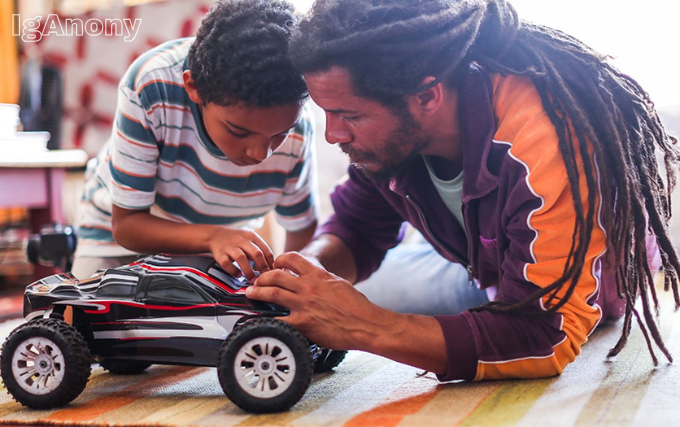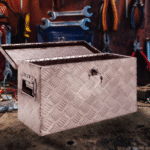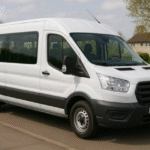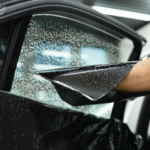For many children, receiving their first ride on car is a significant milestone that signals the beginning of many joyful hours spent zipping around the garden or park. These cherished vehicles provide more than just playtime fun; they offer opportunities for physical activity, imaginative play, and the development of motor skills. But with so many options on the market, deciding which ride-on car is the best fit for your little one can be as involved as choosing a real vehicle. Fear not, this guide will steer you through the essentials to consider, helping you to make the perfect choice for your child’s first four-wheeled adventure.
Understanding Types of Ride-On Cars
Firstly, it’s imperative to differentiate between the two primary categories of ride-on cars: manual push cars and battery-powered models. Push cars are typically designed for younger children and require either adult effort or child’s own kinetic force to move. On the other hand, battery-powered cars allow for a more authentic driving experience with less physical exertion, suitable for older toddlers and young children who are ready for a bit more independence.
Safety Considerations
Your child’s safety should always be the top priority. Look for a ride-on car that has sturdy construction and a design that minimises tipping risks. Additional safety features might include seat belts, a low center of gravity, and parent-controlled remote overrides for battery-operated models. Ensure the product meets safety standards and check for any safety recalls before purchase.
Age-Appropriate Features
The ideal ride-on car should match your child’s developmental stage. For toddlers, vehicles with simple controls, such as push buttons or direct steering, are preferable. As children grow, they can handle more complex features like foot pedals, gear shifts, and multiple speed settings. The right car can grow with your child, offering adjustable components or additional features that can be introduced as they mature.
Battery Life and Power
If opting for a battery-powered ride-on car, consider the battery life and power. A higher voltage typically translates to a more powerful ride, which might be necessary for outdoor use, especially on grass or up inclines. However, for younger children or indoor use, a less powerful model may be safer and more appropriate.
Design and Theming
Children are often drawn to ride-on cars that reflect their interests or favourite characters. From cars that mimic high-end sports cars to those themed after superheroes or cartoon characters, the aesthetic appeal can greatly enhance a child’s excitement and engagement with the toy.
Durability and Longevity
Since ride-on cars aren’t an inconsequential investment, durability is a consideration. Select a car that’s built to withstand the elements, particularly if it will be used outdoors. High-quality materials and good workmanship will ensure that the ride-on car remains in good condition over time, potentially even serving subsequent siblings.
Comfort and Ergonomics
Comfort is crucial, even in toy cars. The seating should be comfortable enough to accommodate long periods of play, and ergonomic design will prevent unnecessary strain or discomfort. Adjustable seats can help the ride-on car remain comfortable as your child grows.
User Reviews and Recommendations
In this day and age of online shopping, customer reviews are invaluable. Look for ride-on cars with high ratings and read through the reviews to get an idea of the product’s real-world performance. Recommendations from other parents can also provide insight into how the car might fare with your own child.
Price and Value for Money
Ride-on cars come in various price ranges, with more expensive models typically offering more features or a fancier design. However, a higher price doesn’t always guarantee better value for money. Balance your budget against the features that are most important for your child’s enjoyment and safety.
Easy to Assemble and Maintain
An often-overlooked aspect of purchasing a ride-on car is assembly and maintenance. Check whether the car comes fully assembled or if it requires some DIY. Also, consider the ease of cleaning and the availability of spare parts. A car that’s easy to maintain is more likely to stay in great shape and be used more frequently.
Storage and Portability
Space is another practical consideration. Ride-on cars need to be stored somewhere when not in use. If space is limited, look for compact models or those that can be easily dismantled. Additionally, consider how easily the car can be transported if you plan to take it to parks or on holiday.
Interactive Features and Realism
Many ride-on cars come with interactive elements such as sounds, lights, and even MP3 players. While these features can up the enjoyment factor, they also tend to increase the price. Similarly, realistic details can make for a more immersive experience. Decide which features will genuinely enhance your child’s playtime.
Environmental Impact
Eco-conscious parents might also want to consider the environmental impact of their choice. Electric ride-on cars are generally more environmentally friendly than those featuring internal combustion engines. Additionally, consider the materials used in the car’s construction and the manufacturer’s sustainability practices.
In conclusion, selecting the perfect ride on car for your child involves a combination of safety, age-appropriate features, durability, and personal preferences. With the insights provided in this guide, parents can be confident about making a choice that will bring joy and growth to their child’s play experiences. Remember to supervise your little one during their adventurous rides and enjoy the moments of fun and learning that a ride-on car can bring into their lives.
From toddlers eager to explore to bigger kids ready to rev up their play, finding the right vehicle for young drivers has never been easier. Just remember to buckle up for a fun ride through childhood’s prime years of exploration and play.







